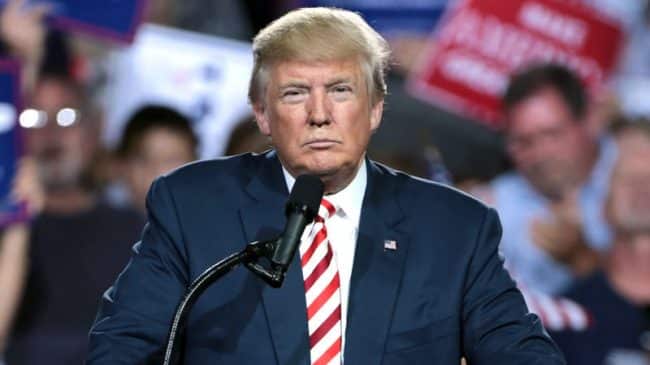Some commentators predicted that a Trump win would be an immediate disaster for the American financial system and bring about a market crash. They were right for all of 12 hours; the market rallied shortly after his victory, and the S&P is up 10% since his election.
High investment returns are welcome news for pension systems around the country. While the average assumed rate of return for public pension plans (around 7.5%) is likely still too high, greater investment returns would provide troubled pension systems with much-needed breathing room. But this relief can only happen if the “Trump Bump” is here to stay. And pension systems should prepare for this bump to turn out to be a “sugar high” that will subside or worse: a bubble that will burst if Trump’s economic policies fail to produce the promised gains.
If Trump can do nothing else, he can defy expectations. There’s a chance the Trump Bump will be here to stay. Promises to lower both corporate and individual income taxes, roll back the regulatory state, and advocate for economic policies that benefit firms staying in the US (even if done in an ad-hoc and cronyist manner) could help businesses and investors. And that could all translate into strong market returns that benefit pension plans.
Even if these policies don’t meet Trump’s promises, or turn out to be detrimental, having a CEO in the White House has created a sense of optimism among portions of the business community. “Business confidence” as Larry Summers put it, “is the cheapest form of stimulus.” It’s entirely possible that believing Trump will bring tremendous economic growth will become a self-fulfilling prophecy, yielding a few years of strong returns.
Plus, yields on fixed income could be in for a surge. Promises of infrastructure investment and tax cuts have been contributing factors to increasing Treasury yields since the election. This is particularly good news for pension funds that have been forced out of positions in relatively safer bonds, Treasuries, or other fixed income products to chase yields with riskier asset classes that are necessary to hit their overextended assumed rates of return. Treasuries are one of the safest investments on the market, and higher yields means investors can afford to move away from higher-yielding risky assets.
And yet, this in many ways could all just be surface level data points that don’t point to any underlying change in the trends for institutional investment returns.
First, consider that even if everything that could be positive about the economy under a Trump administration were to turn out to be reality, at most it would be for eight years (with some trending into the next administration, as there is a lag time between presidential policies and their effect on markets). By contrast, pension funds invest for the long-term — and long-term prospects for investment returns do not suggest that assumed returns above 7% are realistic.
Second, even if Trump is able to meet the high bar of 4% GDP growth as promised, it is important to consider that GDP growth and stock market returns are two completely different metrics which may not be closely related. A 2013 report found that nations with the highest GDP growth fell below the average real equity return for countries with the lowest growth (4.0% vs. 4.2%). Other research has found a slight negative correlation between the two.
Third, even if there are a few years of good returns, these might be necessary to balance out future down years as pension funds maintain or increase current levels of investment risk. Most defined benefit plans have shifted asset allocations away from being heavily weighted towards fixed income into highly diversified portfolios. As a result, there is increased volatility in pension plan investment returns and more volatility is expected in the future. No matter what returns are today, market conditions are very different from those in the high-growth ‘80s and ‘90s. Most projections still anticipate low growth in the future, and even if the cheap stimulus of business confidence brings about a short-term increase in business activity, these animal spirits can’t overcome the fact that an aging population will continue to pull growth down.
Finally, there’s strong evidence that even if the upswing isn’t part of a bubble, it’s a temporary reaction to a presidential election. Of the past 22 elections, 14 saw an increase in the S&P 500 between election day and inauguration (two of those were during the Great Depression). Between November 9th and January 18th, the S&P rallied by 6%. This shouldn’t be confused for good news: Herbert Hoover in 1928 experienced the largest post-election bump in U.S. History.
Given these concerns, it’s far from given that the investment returns most pension funds need will come even if Trump delivers on his promises for economic growth. What’s worse, there is a very real chance that Trump’s policies will hamper growth and bring down investment returns.
Stay in Touch with Our Pension Experts
Reason Foundation’s Pension Integrity Project has helped policymakers in states like Arizona, Colorado, Michigan, and Montana implement substantive pension reforms. Our monthly newsletter highlights the latest actuarial analysis and policy insights from our team.
